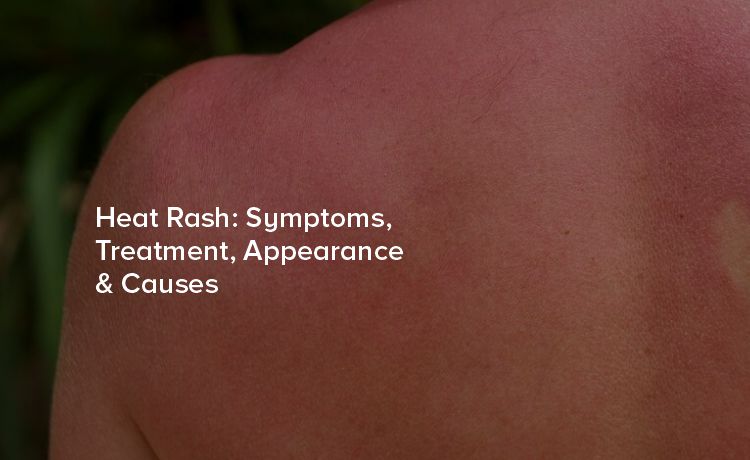
As temperatures soar, heat-related skin issues become increasingly common, and one of the most prevalent among them is heat rash. Often underestimated, this condition can cause significant discomfort if not addressed properly. Understanding the symptoms, treatments, appearance, and causes of heat rash is crucial for both prevention and management.
Heat rash, also known as prickly heat or miliaria, is a skin condition that occurs when sweat becomes trapped in the sweat ducts due to blockages. This blockage leads to inflammation and the characteristic rash. While heat rash can affect anyone, it's particularly common in infants and people living in hot, humid climates.
Recognizing the symptoms of heat rash is essential for timely treatment. The symptoms typically include:
Red Bumps: These are the most noticeable signs, often appearing on areas of the body that are prone to sweating, such as the neck, chest, back, and skin folds.
Itching or Prickling Sensation: The rash can cause an intense itching or a prickling sensation, which may worsen with sweating or heat exposure.
Redness and Inflammation: The affected areas may appear red and swollen.
Tenderness: Some individuals may experience tenderness or a burning sensation in the affected areas.
Heat rash manifests in different forms, which can be categorized based on the depth of the blocked sweat ducts. Each type has a distinct appearance:
Miliaria Crystallina: The mildest form, characterized by clear, fluid-filled tiny vesicles that easily break.
Miliaria Rubra: Known as prickly heat, this type presents as red, inflamed bumps accompanied by itching or prickling sensations.
Miliaria Pustulosa: Occurs when the bumps become infected, turning into pustules.
Miliaria Profunda: The rarest and most severe form, where the sweat ducts in the dermis are obstructed, leading to larger, flesh-colored bumps.
Understanding the causes of heat rash can help in its prevention. The primary factors include:
Hot and Humid Weather: High temperatures and humidity increase sweat production, which can overwhelm sweat ducts.
Intense Physical Activity: Activities that cause excessive sweating can lead to blocked sweat ducts.
Tight Clothing: Wearing tight or non-breathable clothing can trap sweat against the skin, exacerbating the condition.
Prolonged Bed Rest: Individuals confined to bed rest, particularly in warm environments, are at increased risk.
Immature Sweat Ducts: Infants are more susceptible to heat rash due to their underdeveloped sweat ducts.
While heat rash often resolves on its own, there are several measures you can take to alleviate symptoms and promote healing:
Cool the Skin: Move to a cooler environment and avoid excessive heat and humidity.
Keep the Skin Dry: Use a fan or air conditioning to reduce sweating. Pat the skin dry with a clean towel rather than rubbing it.
Wear Loose Clothing: Opt for light, breathable fabrics like cotton to allow your skin to breathe.
Hydrate: Drinking plenty of fluids helps regulate body temperature and prevent dehydration.
Topical Treatments: Applying calamine lotion, hydrocortisone cream, or aloe vera gel can soothe itching and irritation.
Avoid Heavy Creams & Powders: Steer clear of heavy creams or powders that can block sweat ducts further.
The best way to deal with heat rash is to prevent it from occurring in the first place. Here are some preventive measures:
Stay Cool: Use fans, air conditioning, and cool showers to keep your body temperature down.
Dress Appropriately: Wear loose, lightweight clothing made from natural fibers.
Limit Physical Activity: During extreme heat, reduce strenuous activities that increase sweating.
Maintain Skin Hygiene: Regularly cleanse your skin to remove sweat and bacteria that can block sweat ducts.
In most cases, heat rash is a mild condition that can be managed at home. However, seek medical attention if:
Heat rash can be an uncomfortable nuisance, but with proper understanding and care, it can be effectively managed and prevented. By recognizing the symptoms, taking appropriate treatment measures, and adopting preventive strategies, you can keep your skin healthy and rash-free even during the hottest months. For the best dermatologist treatment in Hyderabad, book an appointment with our experts now.